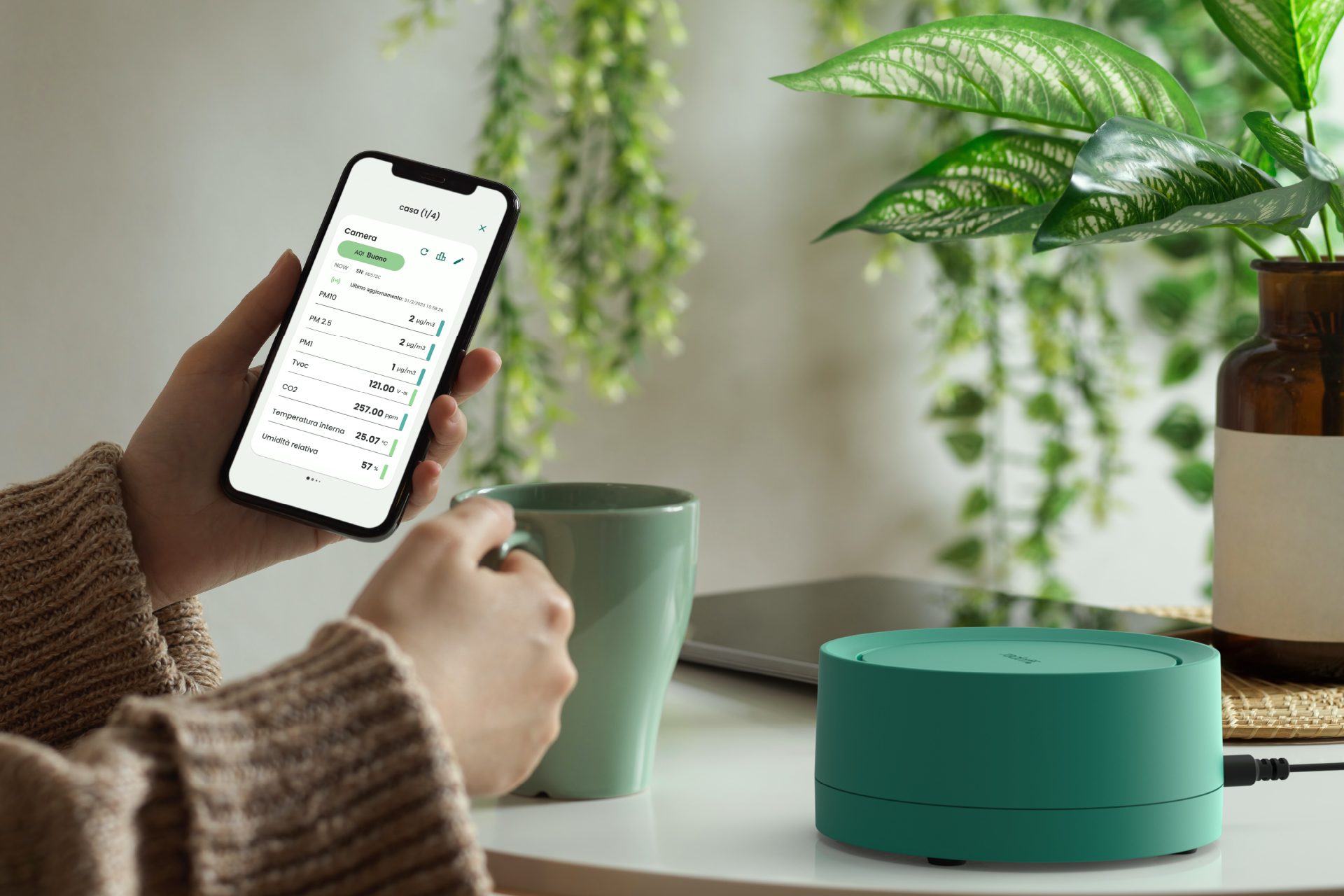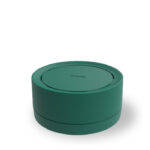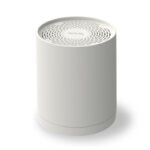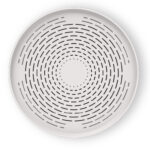AQI (Air Quality Index): what it is and how it is measured

How is the quality of the air you breathe?

The Air Quality Index (AQI) is a tool that indicates how polluted the quality of the air you are breathing at a given location is. It is calculated based on the concentrations of various air pollutants that can lead to harmful effects on human health.
The AQI translates measurements of concentrations of these pollutants into a scale ranging from 0 to 500.
From 0 to 50, air quality is considered excellent; 51 to 110 is good; 101 to 150 is average; 151 to 200 is poor; over 200 is bad.
Health impacts

Good air quality is considered satisfactory, and air pollution poses little to no risk.
Good air quality is not a red flag, but some pollutants could still become a problem for people who are particularly sensitive to air pollution.
Average air quality could already lead to health effects in the most frail individuals. In general, most of the public will most likely not be affected in any way.
Poor air quality can adversely affect anyone’s health; the most vulnerable may experience more severe effects.
Poor air quality most likely affects the entire population. Action is needed by improving the quality of the air we breathe.
Dangerous air quality affects everyone, and every individual risks serious health effects. It is necessary to intervene promptly by improving the quality of the air one breathes.
Radoff’s IQA calculation

The value of Radoff’s AQI (Rn, PM1, PM2.5, PM10, VOC, CO2) ranges from 0 to 5 and is divided into five ranges: 0 to 1 is excellent; 1 to 2 is good; 2 to 3 is average; 3 to 4 is poor; and 4 to 5 is very bad. As for temperature and relative humidity values, the classification is divided into three ranges: low, good and high.
Radoff’s AQI calculation is based on measurements of all the above parameters: radon (Rn), particulate matter of different sizes (PM1, PM2.5 and PM10), volatile organic compounds (VOC), carbon dioxide (CO2), temperature (T) and relative humidity (RH).
Initially, the calculation of AQI was done through two stages: the first included the calculation of the index based on the parameters Rn, PM1, PM2.5, PM10, VOC and CO2; while the second included the calculation of the index based on the parameters T and RH. In the first stage, only the highest value among PM1, PM2.5, PM10 is considered. In the second stage, a correction factor (+0.4) is applied to the AQI value in case the temperature (T) or relative humidity (RH) deviates from the comfort range for humans (T ≠ 1, RH ≠ 1).
Then instead we decided to calculate the AQI by keeping the 2-step structure, choosing the largest PM value but removing the different adjustments and simplifying the rules.
Currently, AQI represents an indicator of air quality, expressed as an index that aggregates sensor measurements. The AQI does not conform to a standard measurement and consequently, it can be represented in different forms. Therefore, there is no objective representation of the AQI, but rather representations that best fit the specific requirements of the application. The assessment of which one is best suited comes from a complex qualitative analysis of indices.
Even adopting a pessimistic approach toward suspended particles (PM), the calculation of the AQI takes into account the worst ranking of PM and handles (T, RH) with the same strategy i.e., applying the ajustmentStep in the case of T ≠ 1, RH ≠ 1.
The difference between this AQI and the previous one lies in the calculation rules and the fact that the criticality of radon and the relationship between it and PM is also considered.
Leticia Decker, Data Scientist at Radoff, explains how AQI was calculated.
An overall view

The problem and awareness of indoor pollution is growing dramatically, and the interconnectedness of various pollutants is increasingly evident.
Today, however, indoor pollutants are analyzed in isolation, but it is necessary to act through an overview.
Radoff, on the contrary, relates the different measurements in real time and is able to determine dynamic and customized output patterns through special algorithms in order to make specific remediation and prevention interventions.







